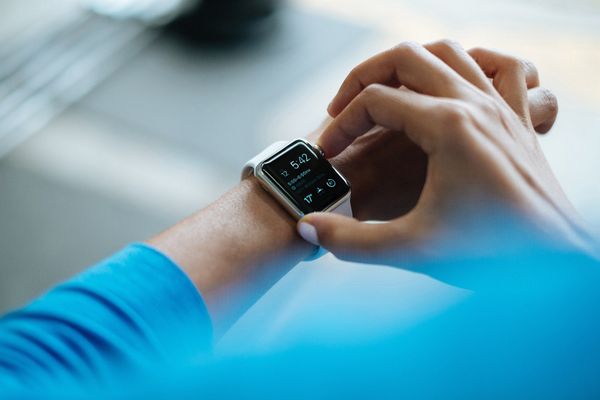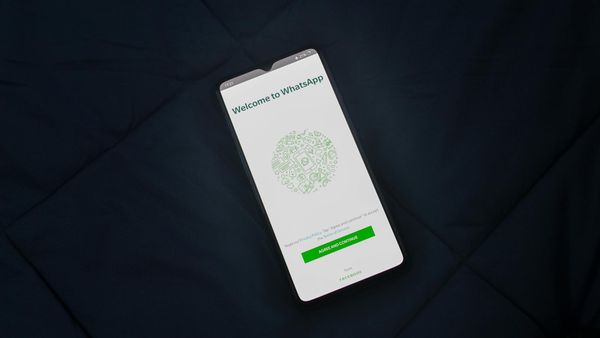Five Steps to Protect your Privacy on Wearable Devices

Wearable tech, such as fitness trackers and smartwatches, let users stay connected, track their exercise, and monitor sleep patterns and other health metrics, among others benefits. However, digital wearables can create particular risks regarding the privacy and security of consumer data.
All wearable devices collect data about your day-to-day activities and physical condition. This information is processed, interpreted, stored, and even shared publicly on social media by some users.
Moreover, since most smartwatches and fitness trackers connect to your smartphone via Bluetooth, hackers can leverage software vulnerabilities to gain access to your data
Here are some easy tips to help protect your privacy while you enjoy the benefits of your latest wearable gadget.
Tweak the privacy settings
Check if your wearable device can be configured to maximize your privacy. Tweak the default settings on the devices, associated app, and website, choosing the most appropriate privacy controls. You should also figure out if your information is being shared publicly via social media networks and reconsider whether you want all your “friends” to have access to this info.
Read the Privacy Policy
By studying the privacy policies, you can learn about the data the company collects and how it is used or shared. If you have trouble understanding the lingo or find unclear information, contact the company to find out more. You should regularly check for updates to the privacy policy linked to your wearable device.
Turn off location tracking and limit the personal information you share
The exact user location can be very sensitive data, as it could allow criminals to locate your home address and workplace. So, keep geolocation tracking turned off as much as possible. You can also control the amount of data collected by the device by shutting it down when you’re not using it.
Use a password and enable software updates
Check if your smartwatch or fitness tracker allows you to set up a security lock or PIN to ensure that your data is not accessed by unknown individuals if lost or stolen. You should also consider using a password each time you pair your wearable device to your smartphone and ensure that your device and apps are running the latest security updates.
Wipe personal info from old devices
If you’re no longer using or thinking of selling your wearable device, ensure that all personal data is permanently removed. This process may require you to reset the device to factory settings along with some additional steps. Check with the manufacturer about the best way to wipe your device of personal data.
tags
Author
Alina is a history buff passionate about cybersecurity and anything sci-fi, advocating Bitdefender technologies and solutions. She spends most of her time between her two feline friends and traveling.
View all postsRight now Top posts
How to Protect Your WhatsApp from Hackers and Scammers – 8 Key Settings and Best Practices
April 03, 2025
Outpacing Cyberthreats: Bitdefender Together with Scuderia Ferrari HP in 2025
March 12, 2025
Streamjacking Scams On YouTube Leverage CS2 Pro Player Championships to Defraud Gamers
February 20, 2025
How to Identify and Protect Yourself from Gaming Laptop Scams
February 11, 2025
FOLLOW US ON SOCIAL MEDIA
You might also like
Bookmarks







